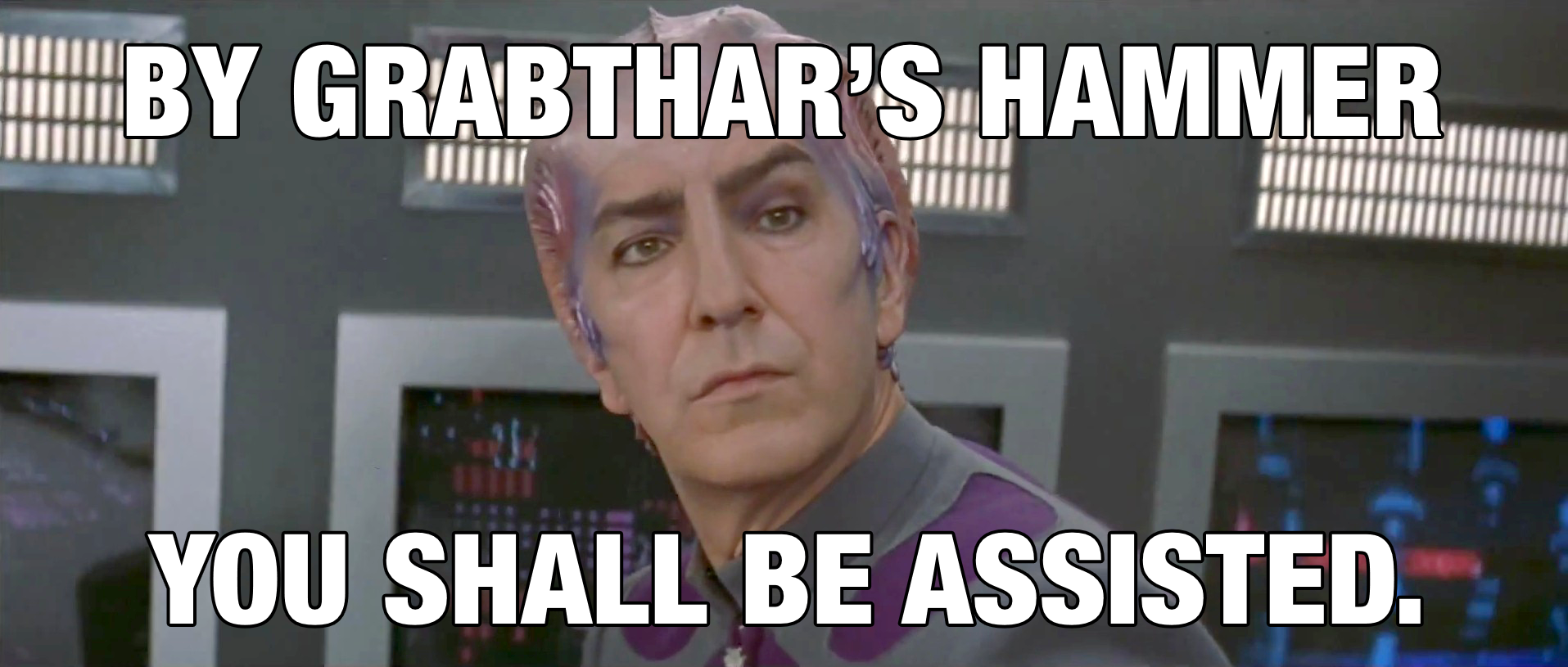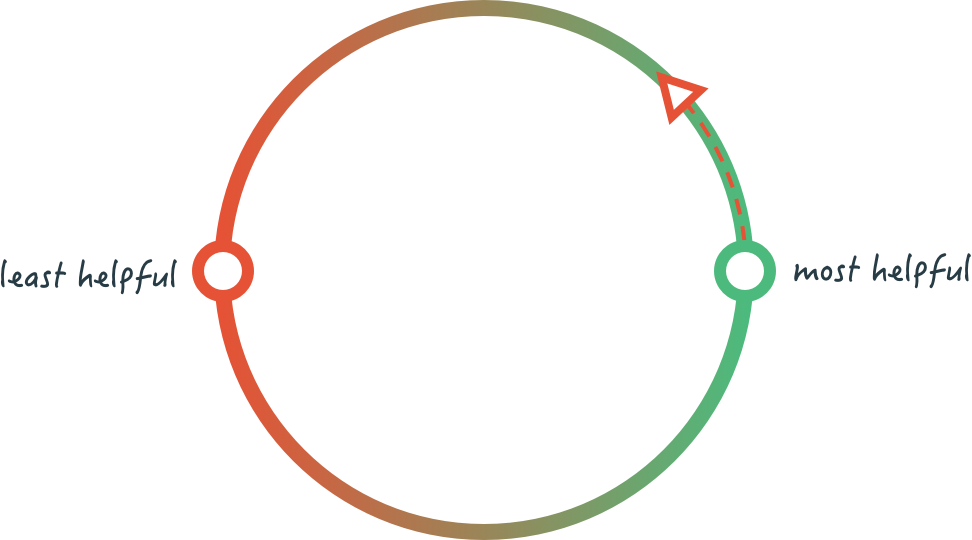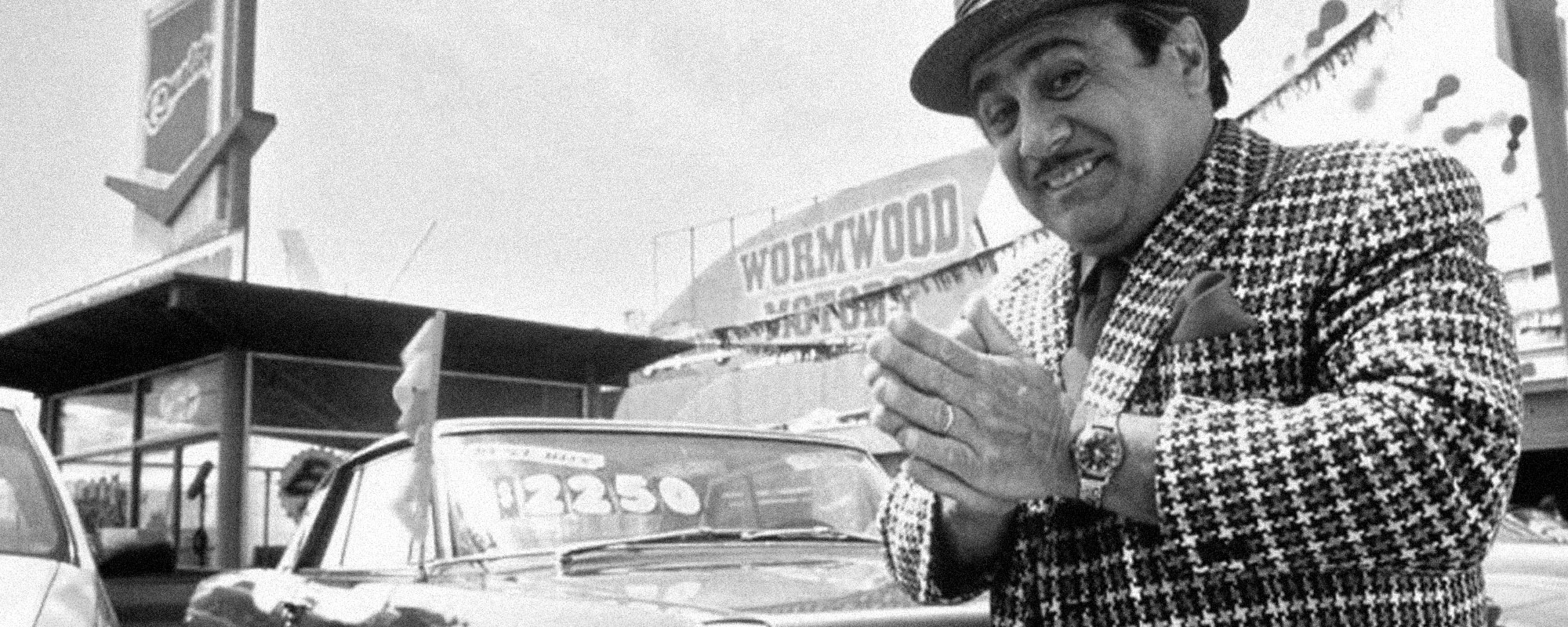Not too long ago Jason Fried wrote about his experience shopping at Apple Stores, in which he described the common occurrence of walking into a store and being immediately set upon by a too helpful Apple rep (the “bouncer”).
In trying to be as attentive, helpful, and friendly AS HUMANLY POSSIBLE, this bouncer ended up being too helpful. Aggressively helpful.
What’s it mean to be aggressively helpful? It means that in your attempt to be as helpful as possible, you’ve prioritized that goal over the customer’s own desire. They don’t want your help right now, but by Grabthar’s Hammer, you’re going to give it to them.

If you’ve ever set foot on a car lot, you know exactly what aggressively helpful looks like. It’s personified by the ill-suited, slick-haired vultures with a plastic smile who swoop in the instant your toe touches pavement. Just wanted to look around? TOO BAD! You’re getting help!
Once largely confined to used car salesmen, aggressive helpfulness is making fast inroads among startups. Paradoxically, startups that genuinely care about customer experience (or at least purport to) seem to be the most susceptible to it.
Visited the website for a startup recently? If so, this will probably sound familiar. You land on the site and BLAMMO! Up pops a chat notification, with whomever-in-charge-of-customer-razzmatazz offering enthusiastically!!!!!!! if they can help you with anything?
In an effort to engage customers and serve them better, they’re often accomplishing the opposite. Just like it doesn’t feel great to be accosted the moment you step onto a car lot or into an Apple Store, it doesn’t feel great to be “engaged with” the moment you land on a website.
Rule #1 of being genuinely helpful: Respect the wishes of the person you’re trying to help.
It’s an innocent mistake to make. If you think of helpfulness and un-helpfulness as two ends of a spectrum, you can only do more good by adding more helpfulness, right?

But that’s not how it works. In reality, those two ends aren’t ends at all. Trying to be more helpful by violating rule #1 pushes you right back towards being unhelpful.

So what do you do if you’ve veered towards too helpful? Instead of unleashing an unrelenting fury of helpfulness when someone walks in your virtual door, chill for a minute.
Let the customer poke around, kick some tires, form some thoughts.
Be there, waiting. Ready to spring into action at a moment’s notice. Make getting your attention easy and obvious. Maybe offer some help if someone’s wandering around with a scrunched look on their face (or the digital equivalent thereof).
Just don’t let your desire to be as helpful as possible override what your customer actually wants.


